When Donald Trump was President of the United States, he started a trade war with China. One big part of that war was putting tariffs (extra taxes) on goods imported from China. At first, many people didn’t understand how this would affect China. But now, years later, we can clearly see that Trump’s tariffs have started to bite China, and the impact is real.
In this blog, we’ll explain what Trump’s tariffs are, why they were introduced, and how they’re affecting China today.
What Are Trump’s Tariffs?
Tariffs are taxes that one country puts on products imported from another country. In 2018, President Trump introduced tariffs on hundreds of Chinese goods like electronics, machinery, furniture, and more. These taxes made Chinese products more expensive in the US.
The goal was to reduce America’s trade deficit with China and protect U.S. industries from unfair competition. By raising the cost of Chinese imports, the tariffs encouraged American consumers and companies to buy locally or source from other countries. Trump’s administration believed that this would push China to stop practices like forced technology transfers and intellectual property theft. It marked the start of a major economic shift known as the U.S.-China trade war.
How Are These Tariffs Hurting China?
At first, China tried to retaliate with its own tariffs on American goods like soybeans and cars. However, over time, cracks have started to show in China’s economy, and much of that has to do with the long-lasting effects of Trump’s trade war.
1. Falling Chinese Exports to the U.S.
American companies and consumers started looking elsewhere, to countries like Vietnam, India, and Mexico. As a result, Chinese exports to the U.S. dropped, and some American supply chains moved out of China altogether.
2. Factory Closures and Job Losses
In China, thousands of factories have closed, especially in regions that relied heavily on exports to the U.S. This has led to massive job losses in China’s manufacturing sector.
3. China’s Economic Growth Is Slowing
China’s once-booming economy is now growing at its slowest pace in decades. Between COVID, a real estate crisis, and ongoing trade tension with the U.S., the tariffs added fuel to the fire.
4. Foreign Companies Are Leaving China
To avoid tariffs and political risk, many multinational companies are shifting production to other countries. That’s a big deal, Foreign investment helped power China’s rise, and now it’s shrinking.
What Does This Mean for the U.S.?
While some U.S. companies were hit with higher costs early on, the long-term strategy seems to be working in terms of pushing supply chains away from China. Some American manufacturers are reshoring (bringing jobs back home), and others are diversifying across Asia instead of relying only on China. Also, the tariffs gave the U.S. more leverage in trade negotiations, and that influence is likely here to stay.
Is the Biden Administration Keeping the Tariffs?
The Biden administration refers to the U.S. government under President Joe Biden, who took office in January 2021 after Donald Trump. While many expected Biden to remove Trump’s tariffs on Chinese goods, that hasn’t really happened.
Instead, the Biden administration has kept most of the Trump-era tariffs in place. The goal is still the same to protect American workers and industries from unfair competition and to push China to play fair in global trade.
In fact, the Biden team has even added new tariffs on certain Chinese products, like electric vehicles, semiconductors, batteries, and solar panels. Some of these tariffs are now as high as 100%, making it very expensive for China to sell those products in the U.S.
Final Thoughts: A Shift That’s Here to Stay
It’s 2025, and the Trump-era tariffs are still reshaping global trade. While opinions on their impact inside the U.S. are mixed, it’s becoming increasingly clear that they’ve caused real economic pain in China, from job losses to slower growth and a drop in foreign investment.
Whether or not Trump returns to the White House, his trade policy has already left a mark that will shape U.S.-China relations for years to come.
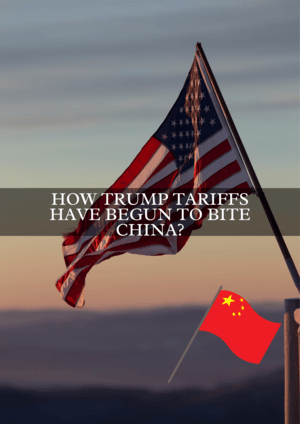
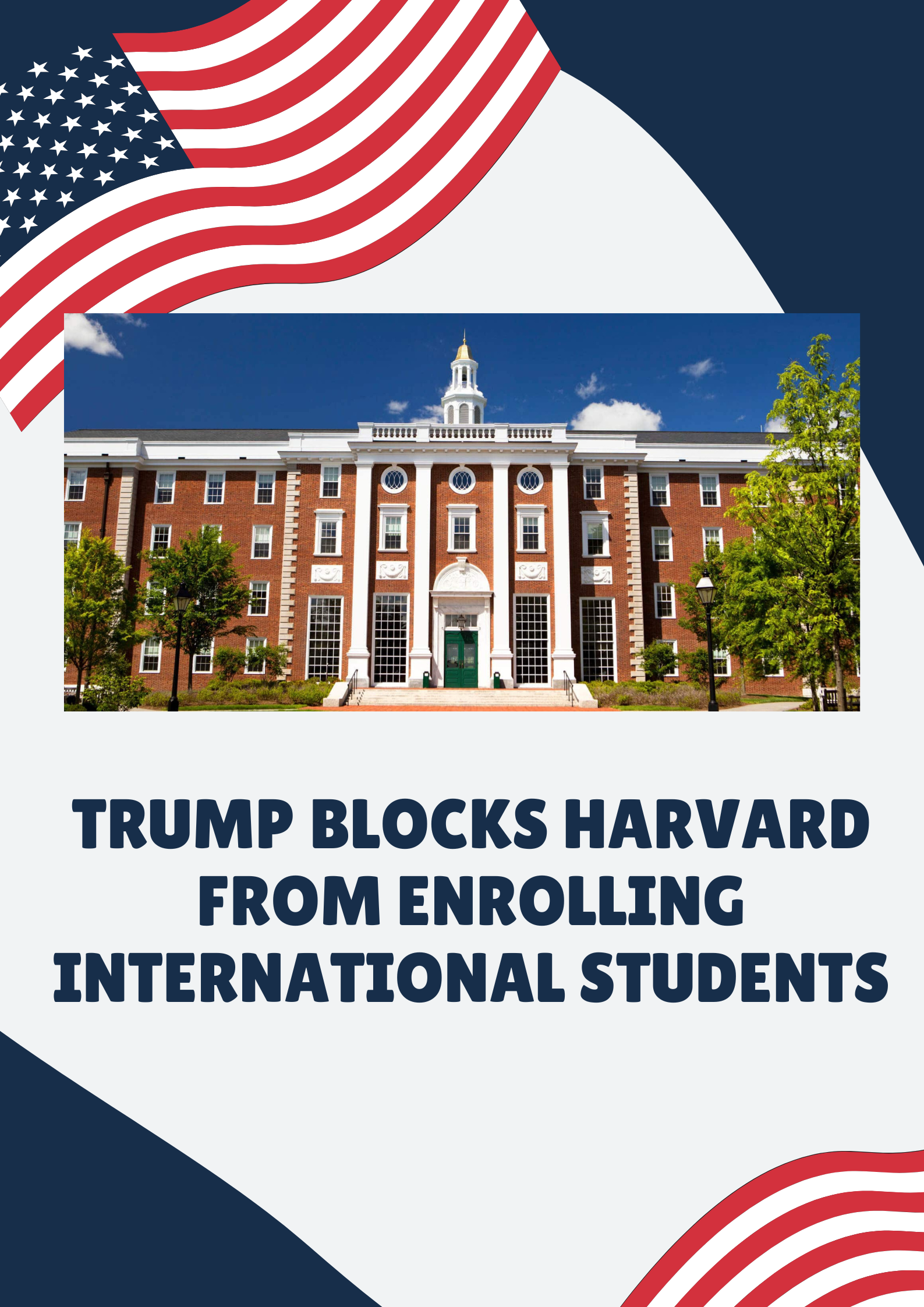






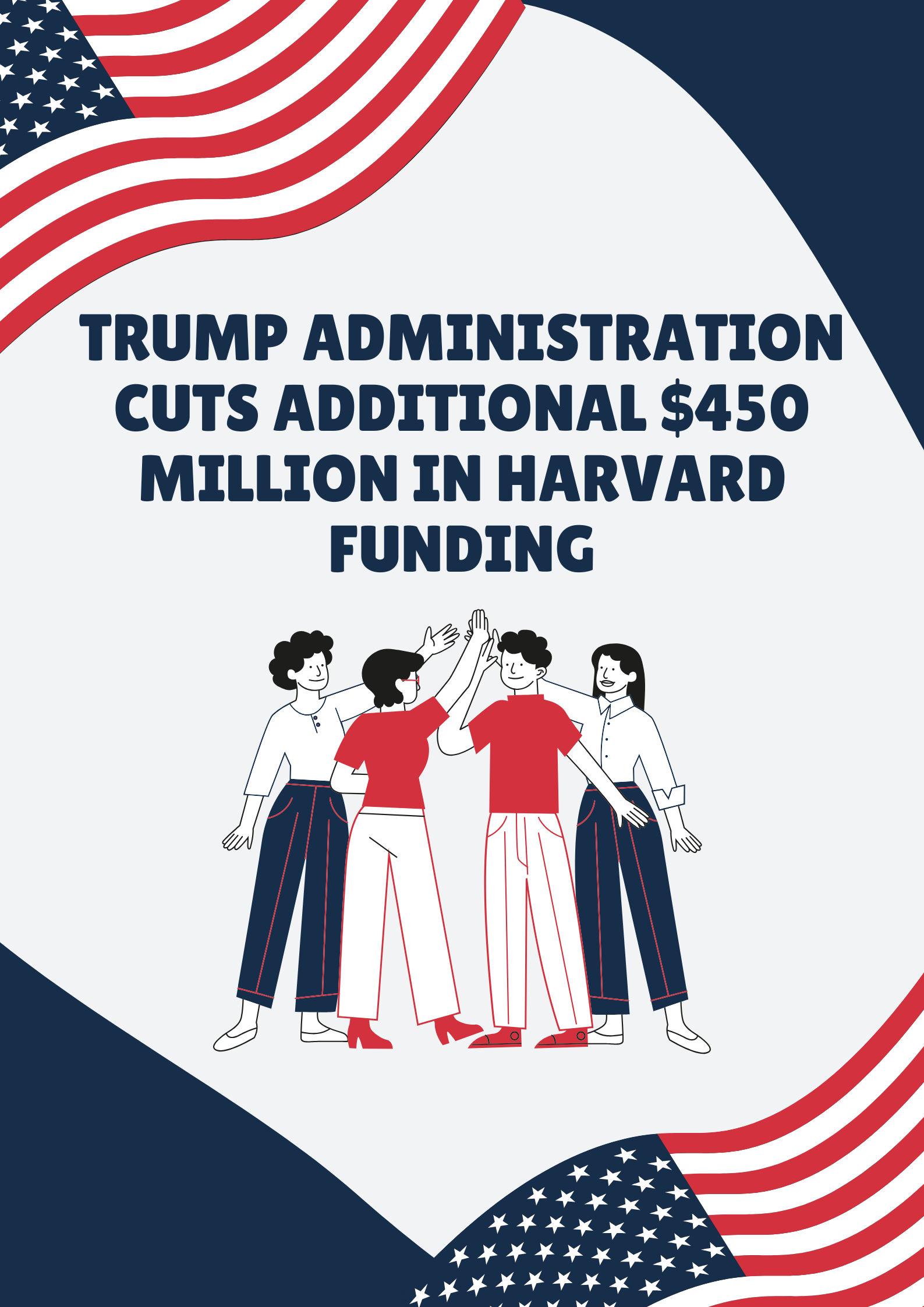
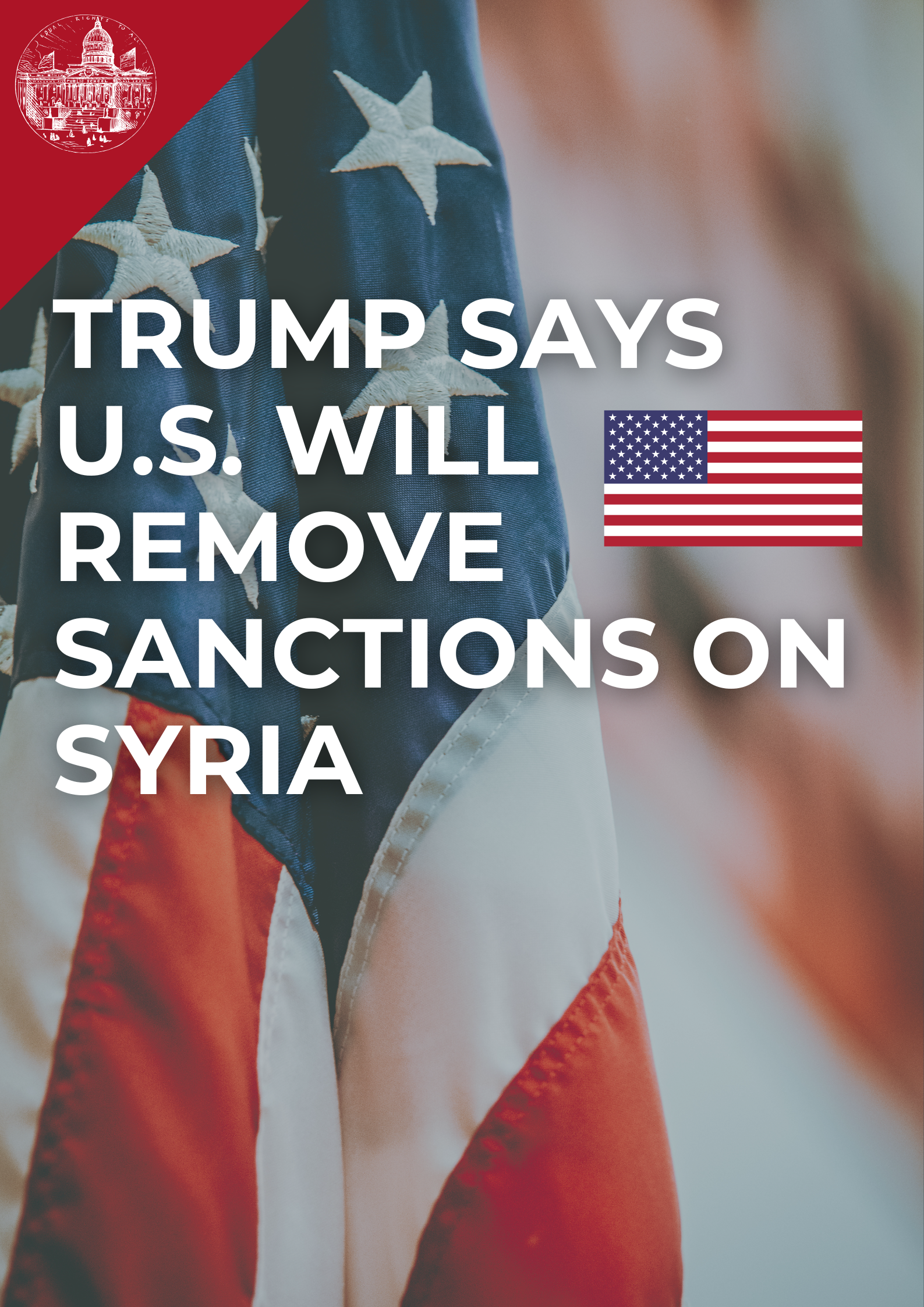
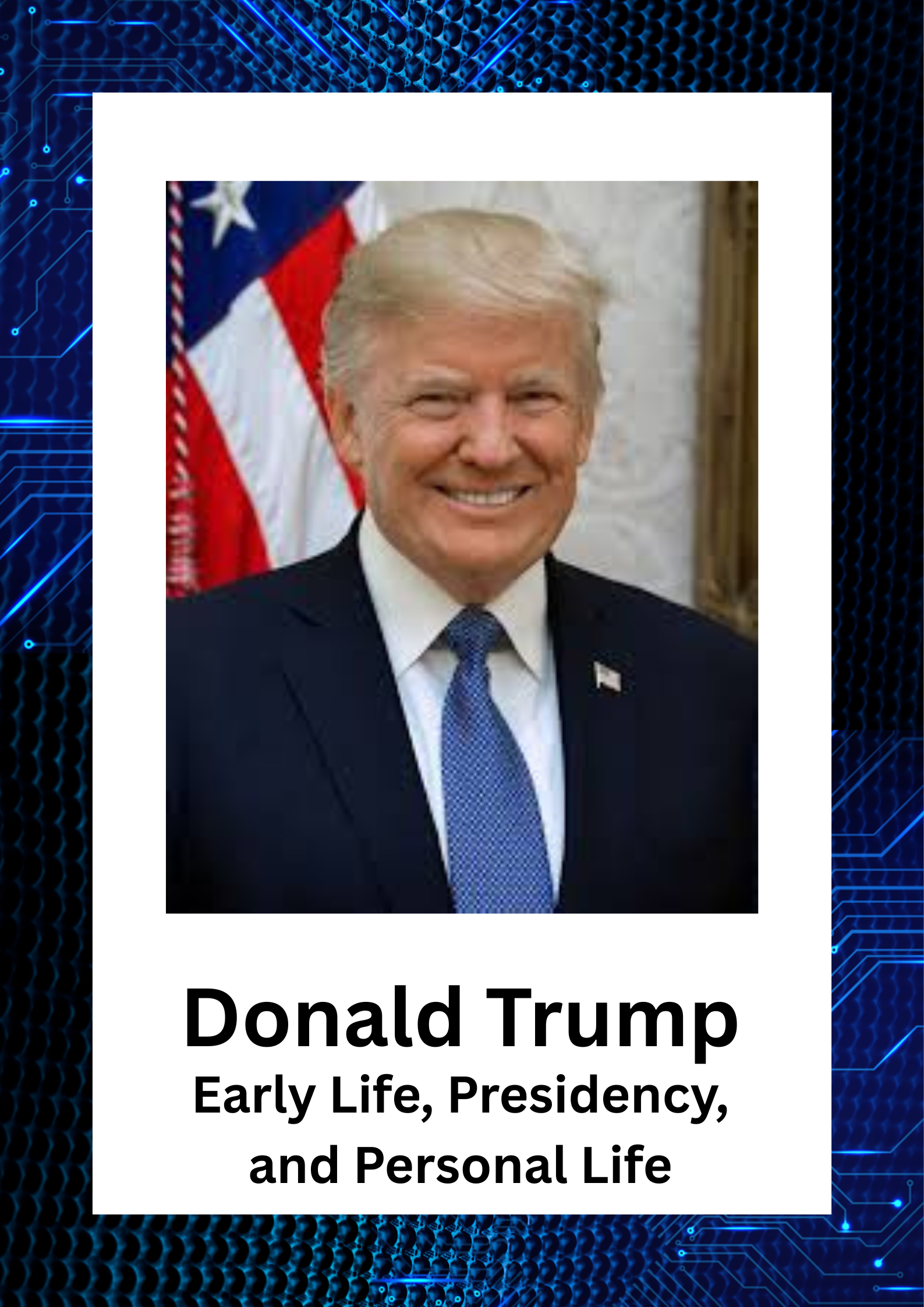
Leave a Reply